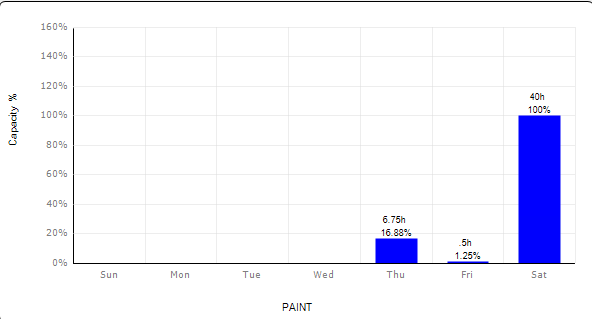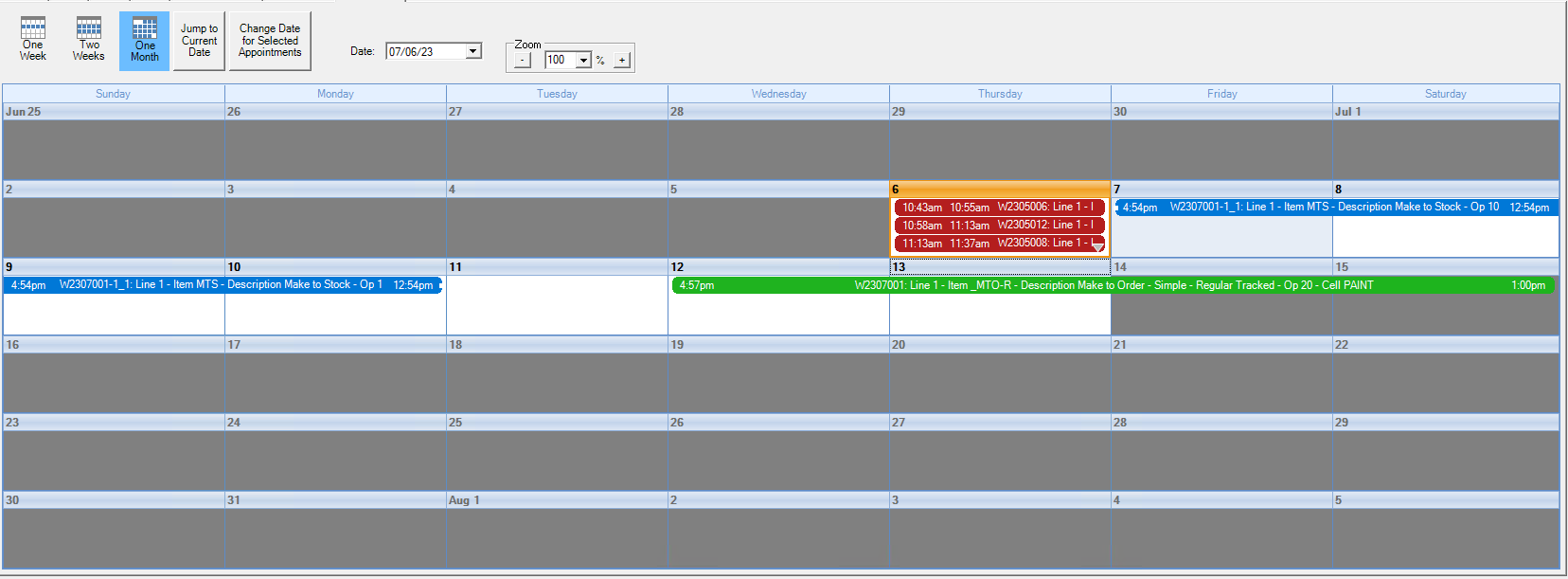SCHEDULING
Designed to facilitate the planning, scheduling, and execution of production activities within an organization.
The production scheduling module in Seradex provides tools and functionalities to manage the production process efficiently. Here’s an overview of how a typical production scheduling module works in Seradex:



CONTACT SERADEX
Have any questions about our ERP software solutions? Do you want to book a demonstration of what our software can do for your business? Send us a message or give us a call today!
3525 Mainway, Burlington, ON L7M 1A9
Phone: 1-855-864-3411
Email: info@seradex.com
